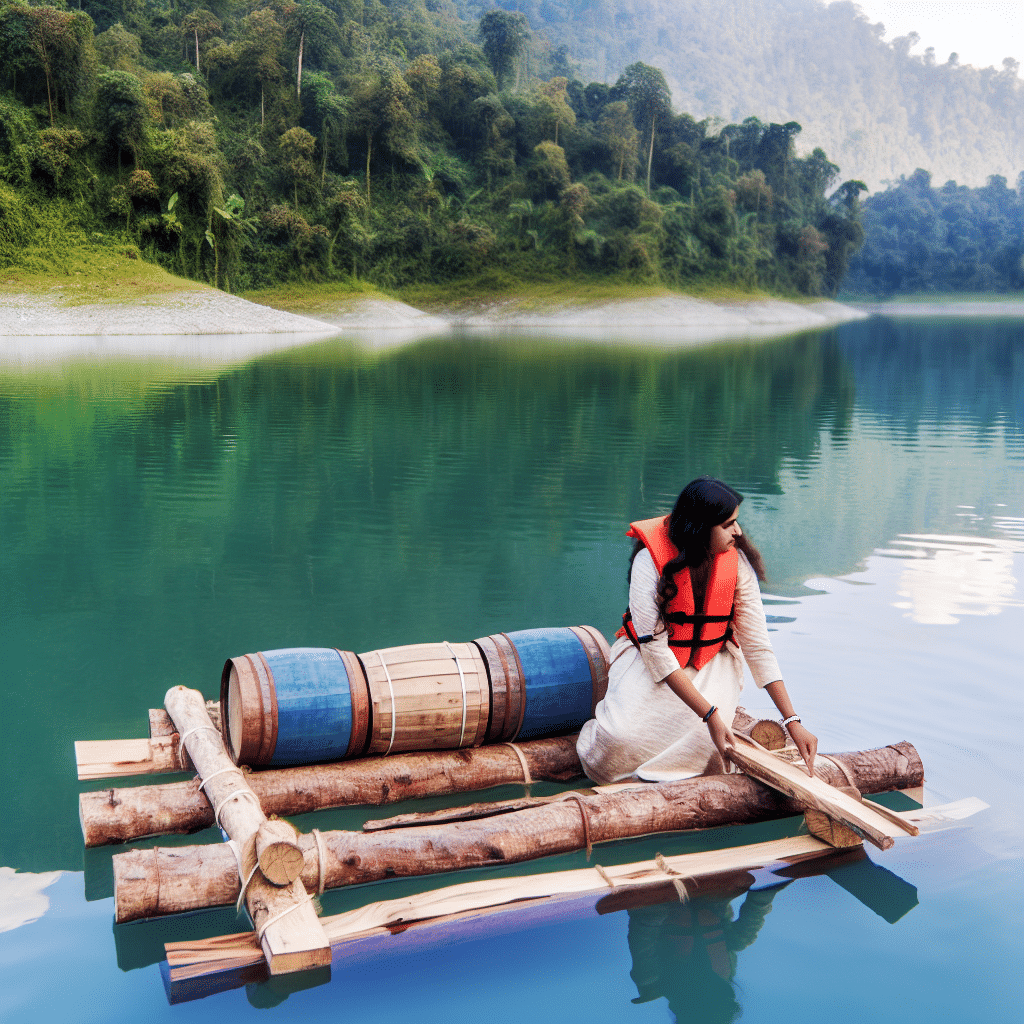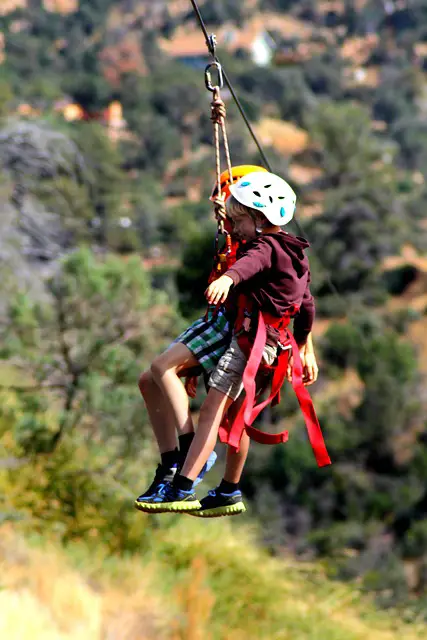Are you enchanted by the idea of setting sail on a handmade raft, embarking on a serene adventure across a calm lake or a gentle river? Building a raft can be a fulfilling and educational project, ideal for outdoor enthusiasts and DIY aficionados alike. Not only does it offer a gratifying sense of achievement, but it also serves as an exceptional opportunity to hone your crafting skills. This comprehensive guide will walk you through the plans for building a raft, ensuring your project is safe, functional, and enjoyable.
What Materials Do You Need?
Before diving into the construction process, it’s essential to gather the right materials. Your choices can significantly impact the raft’s durability and buoyancy. Here’s a list of commonly used materials:
Wood
The framework of your raft will largely be constructed from wood. Opt for buoyant, water-resistant woods such as cedar, pine, or balsa. These woods are not only lightweight but also resilient, ensuring that your raft floats effectively and withstands water exposure.
Barrels or Drums
For added buoyancy, plastic barrels or metal drums are indispensable. Ensure they are watertight to prevent any disastrous leaks. Typically, four to six barrels are adequate for a small to medium-sized raft.
Rope and Cord
Strong, water-resistant rope or cord will be necessary to lash the wooden frame together and secure the barrels in place. Nylon or polypropylene ropes are excellent choices due to their durability and resistance to moisture.
Nails and Screws
Galvanized nails and screws will help fasten the wooden parts together. Galvanization is crucial as it prevents rusting, which can compromise the structural integrity of the raft.
Tools
You’ll require a variety of basic tools, including a saw, hammer, drill, and measuring tape. Having these tools on hand will streamline the assembly process.
Step-by-Step Plans for Building a Raft
Step 1: Designing Your Raft
Before you begin cutting and assembling, layout a simple design plan. Decide on the dimensions of your raft based on the number of people it will carry and the specific water conditions it will navigate. Sketch your design with measurements for every component, ensuring you have a clear blueprint to follow.
Step 2: Constructing the Frame
Once your design is ready, start by constructing the frame. Measure and cut the wooden planks according to your blueprint. Assemble the outer frame in a rectangular or square shape, using screws to secure the corners. Reinforce the frame with crossbeams for added stability.
Step 3: Securing the Barrels
Position the barrels or drums within the frame, ensuring they are evenly distributed for balanced buoyancy. Lash the barrels securely to the frame using your chosen rope. Wrap the rope around both the barrels and the wooden frame multiple times, tying it off with strong knots.
Step 4: Adding the Deck
Cut additional wooden planks to fit across the top of the frame, forming a deck. Nail or screw these planks into place, ensuring they are tightly fastened and provide a stable surface to stand or sit on. Leave small gaps between the planks to allow water drainage.
Step 5: Testing the Raft
Before launching your raft on an adventure, conduct a test float in safe, shallow water. Check for any signs of instability or water intrusion. Make adjustments as necessary, tightening ropes or adding additional floatation if needed.
Safety Considerations: Keeping Your Raft Journey Safe
Safety is paramount when embarking on any water-based adventure. Here are some essential safety tips:
Life Jackets
Always wear a life jacket when on the raft. Ensure that every passenger has a properly fitting life jacket that meets safety standards.
Weather Conditions
Monitor weather forecasts before setting off. Avoid strong currents, high winds, or stormy conditions that can turn a pleasant journey into a dangerous ordeal.
Emergency Supplies
Equip your raft with essential emergency supplies, including a first aid kit, waterproof flashlight, whistle, and a mobile phone in a waterproof case.
Inform Others
Notify someone on land about your plans, including your route and expected return time. This step ensures that help can be summoned quickly in case of emergencies.
Conclusion: Enjoy Your Handcrafted Raft Adventure
Building a raft is an enriching project that combines craftsmanship, creativity, and adventure. By following these detailed plans for building a raft, you can create a reliable and enjoyable vessel. Not only will you gain invaluable practical skills, but you’ll also forge unforgettable memories as you set sail on your handcrafted creation. So gather your materials, roll up your sleeves, and embark on a remarkable journey of building a raft that can carry you over serene waters and into the embrace of nature. Safe sailing and happy crafting!




